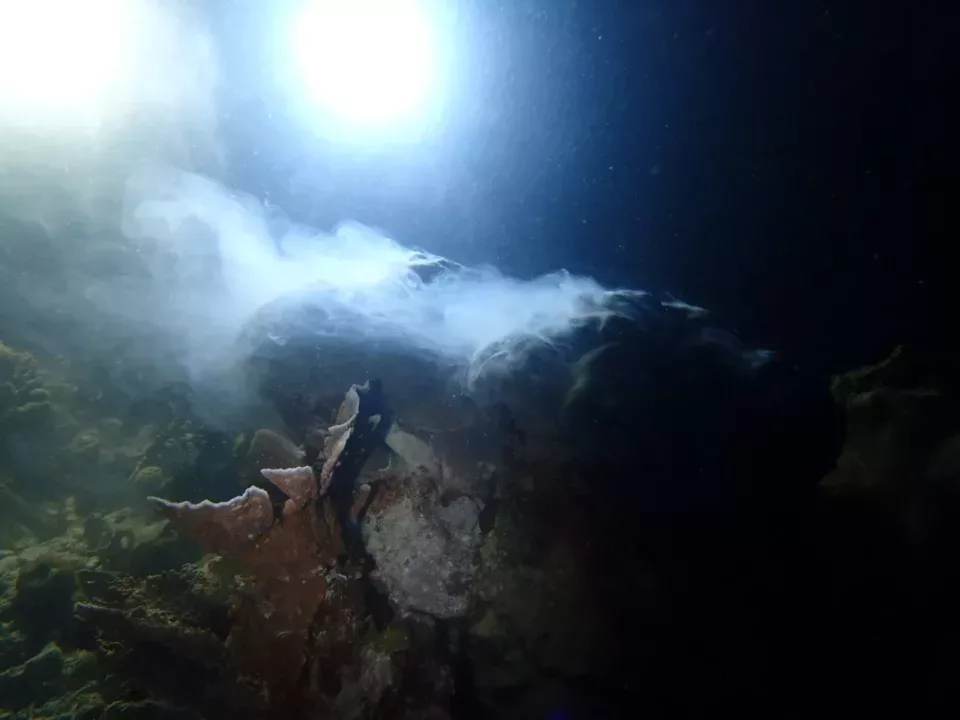Coral spawning times can be used to address many significant and fundamental questions in coral reef ecology. Knowing when corals spawn can assist coastal management – for example, if dredging operations cease during mass spawning events. It also has enormous potential for scientific outreach, education and tourism if spawning events can be witnessed in person or remotely. Efforts to understand when corals reproduce have recently been given a boost thanks to a new resource that gives scientists open access to more than forty years’ worth of information about coral spawning.
Lead by researchers at Newcastle University, UK, and James Cook University, Australia, the Coral Spawning Database (CSD) for the first time collates vital information about the timing and geographical variation of coral spawning. This was a huge international effort that includes over 90 authors from 60 institutions in 20 countries.
The data can be used by scientists and conservationists to better understand the environmental cues that influence when coral species spawn, such as temperature, daylight patterns and the lunar cycle.
By providing access to data going back as far as 1978, it can also help researchers identify any long-term trends in the timing of spawning and provide an additional line of evidence for testing species boundaries in corals.
It will also provide an important baseline against which to evaluate future changes in regional and global patterns of spawning times or seasonality associated with climate change.
Most corals reproduce by expelling eggs and sperm into open water during short night-time spawning events. These events can be highly synchronised within and among species, with millions of colonies spawning at much the same time resulting in one of nature’s most spectacular displays.
The discovery of multi-species synchronous spawning of scleractinian corals on the Great Barrier Reef in the 1980s stimulated an extraordinary effort to document spawning times in other parts of the globe. However, much of these data remained unpublished until now, meaning that there was little information about the month, date, and time of spawning or geographical variation in these factors.
The new, open access database collates much of these disparate data into one single place. The CSD includes over 6,000 observations of the time or day of spawning for more than 300 scleractinian species from 101 sites in tropical regions across the Indian and western Pacific oceans.
The CSD is a dynamic database that will grow over time as new observations become available. Anyone can add data at any time by contacting us and we will update the online database annually. Our vision is to help advance many aspects of coral reef science and conservation at a time of unprecedented environmental and societal change. It will accelerate our understanding of coral reproductive biology and provide a baseline against which to evaluate any future changes in the time of spawning.
Coral reefs around the world are in sharp decline due to overfishing, pollution and warming seas caused by climate change. Successful reproduction is one of the main ways that reefs can recover naturally from human disturbances. It is hoped therefore that the CSD will improve our ability to manage and preserve these remarkable ecosystems.
The Coral Spawning Database is available to the research community at Newcastle University’s Open Research Data Repository: https://data.ncl.ac.uk/articles/dataset/Coral_Spawning_Database/13082333
Reference: An Indo-Pacific coral spawning database by Andrew H. Baird, James R. Guest, Alasdair J. Edwards et al, Nature Scientific Data DOI: 10.1038/s41597-020-00793-8
